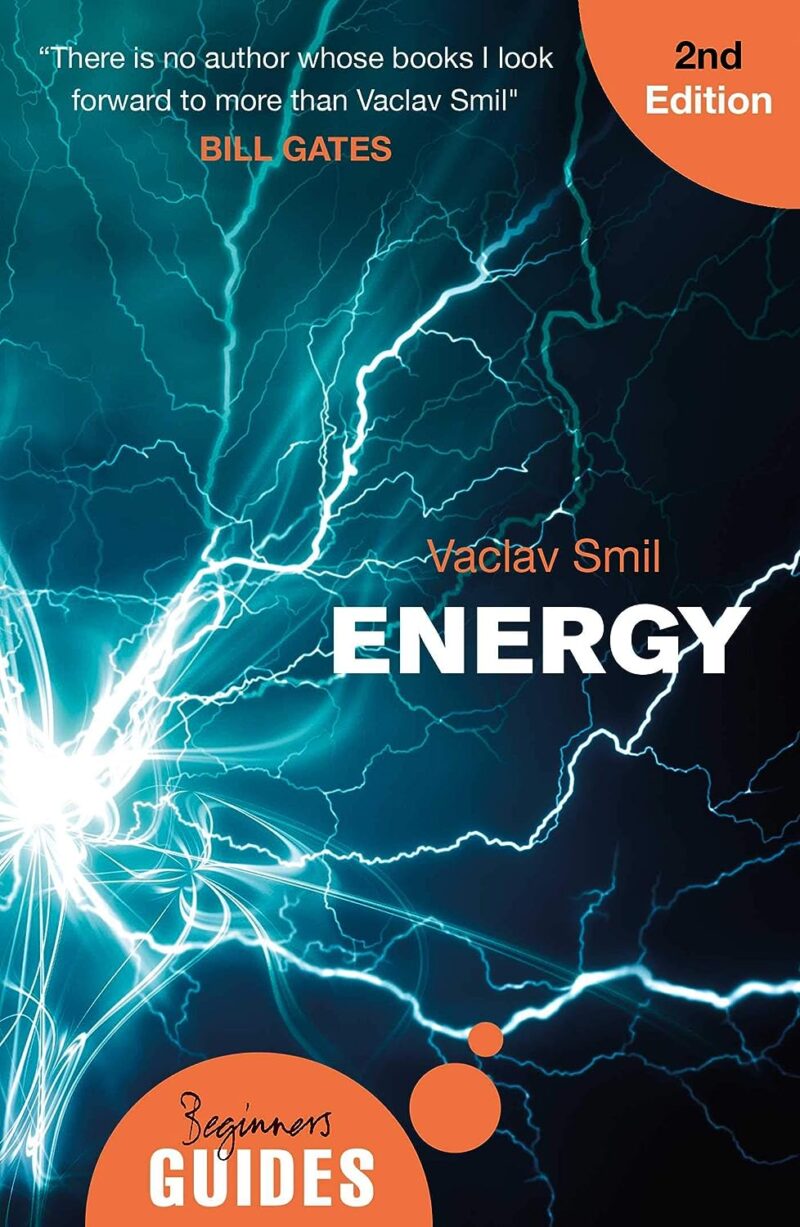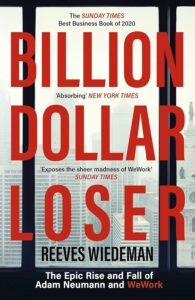Unraveling the Energy Tapestry: A Glimpse into Smil's Masterpiece
A Beginner's Guide' offers an engaging journey through energy's role in history, culture, and daily life. A must-read!"
Subjects: Energy
“Energy: A Beginner’s Guide” is more than just a title; it’s an invitation. Vaclav Smil, the mastermind behind this work, beckons readers into the intricate world of energy, making it accessible and captivating.
From the outset, Smil’s narrative style is conversational, almost as if he’s sitting across from you at a coffee shop, passionately discussing the nuances of energy. The depth of his knowledge is evident, but what’s truly commendable is his ability to distill complex concepts into digestible insights.
One of the book’s strengths is its holistic approach. Smil doesn’t just focus on the technicalities of energy; he delves into its socio-cultural, economic, and environmental implications. He paints a picture of how energy has been the driving force behind societal advancements, from the Industrial Revolution to the digital age.
A quote that resonated deeply was Johann Wolfgang von Goethe’s: “Energy will do anything that can be done in the world.” This isn’t just a statement; it’s a philosophy that Smil seems to embrace throughout the book. He explores the multifaceted roles of energy, from powering mammoth industries to lighting up a single bulb in a remote village.
Smil’s exploration of our dietary transformations in relation to energy is particularly intriguing. He delves into how, as societies evolve and move beyond mere subsistence, our food choices and consumption patterns reflect broader energy trends. It’s a perspective that’s rarely discussed but offers profound insights into the interconnectedness of life.
Energy: A Beginner’s Guide also offers a global lens, examining household energy consumption patterns across different cultures and economies. Smil’s discussions on the urbanization of the world and its implications on energy consumption patterns are both timely and thought-provoking, especially in the context of climate change and sustainable living.
But what truly sets this book apart are the real-life examples Smil integrates. He doesn’t just talk about energy in abstract terms; he grounds it in tangible realities. Whether it’s discussing the surge in electricity demand due to the proliferation of electronic devices or examining the energy intricacies of modern transport systems, Smil offers a panoramic view of energy’s omnipresence in our lives.
In wrapping up, “Energy: A Beginner’s Guide” is not just a book; it’s an experience. It’s a journey through time, cultures, and technologies, all seen through the lens of energy. Vaclav Smil has crafted a masterpiece that is both enlightening and engaging. Whether you’re an energy professional, a student, or someone simply curious about the world’s workings, this book promises a deep dive into the world of energy that’s both educational and enjoyable.




